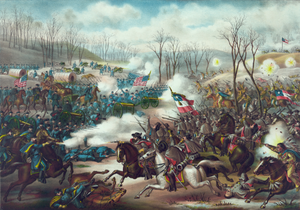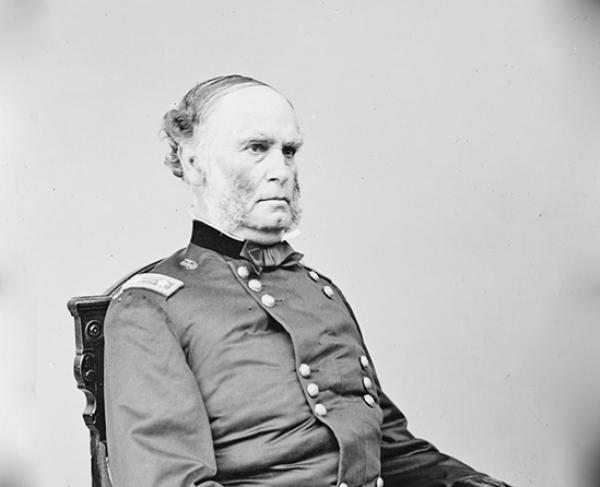This is my second attempt on a TL after the first one did not receive much attention and I was preoccupied with finishing my university degree. Updates, even if short in nature, are meant to be delivered regularly as far as work and studies permit. Any Feedback is highly appreciated!
Glimpse of Hope from the Ozarks: A Civil War TL
I. New leadership

Maj. Gen. Henry Heth
I. New leadership

Maj. Gen. Henry Heth
Richmond Examiner:
"Henry Heth appointed new adjutant-commander of Trans-Mississippi-District!
Native Virginian Henry Heth from Chesterfield County has recently been promoted to Major General and takes the post as new commander of the confederate Trans-Mississippi-Department valid from January 10th, 1862, while also assuming direct command of the Army of the West, operating in northern Arkansas, the war department announced. Heth, now expected to work closely with Major General Edmund Kirby Smith, bravely led his Virginia regiment to victory at Kessler’s Cross Lanes, smashing Union defences quickly and decisively last fall. He also vigorously repulsed several Yankee charges with high casualties on the invader‘s side at Carnifex Ferry in the follow up engagement. Known as a strict disciplinarian and an excellent instructor of recruits, Heth aims to merge our brothers-in-arms in Arkansas and Missouri into a cohesive, determined fighting force able to free and defend Missouri and northern Arkansas from Yankee oppression once and for all."

